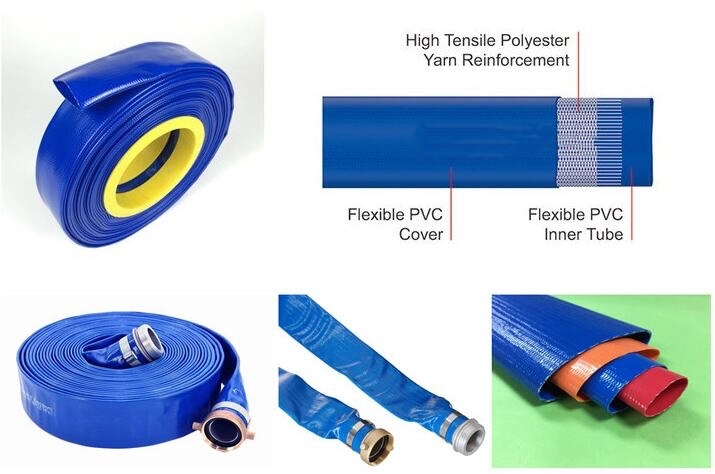Comparison of Suction Hose and Discharge Hose for Optimal Fluid Transfer Applications
Suction Hose vs. Discharge Hose Understanding the Key Differences
In various industrial and agricultural applications, hoses play a critical role in fluid movement. Among these, suction and discharge hoses are frequently used but serve distinct purposes. Understanding the differences between suction hoses and discharge hoses is essential for selecting the right equipment for your specific needs.
What is a Suction Hose?
A suction hose is designed to draw fluids from a source, such as a tank, pond, or well. These hoses work under negative pressure, which means they rely on atmospheric pressure to pull the liquid into the hose. Typically constructed from flexible materials like PVC or rubber, suction hoses are reinforced with spiral wires or textile to withstand the vacuum conditions created during operation.
The suction hose is characterized by its ability to handle a wide range of liquids, including water, chemicals, and slurries. It often has a smooth internal lining for efficient fluid movement and is designed to minimize the risk of collapse under negative pressure. The length and diameter of the suction hose can vary based on the requirements of the application; however, users should ensure that the hose is not excessively long, as this can lead to decreased suction efficiency.
What is a Discharge Hose?
On the other hand, a discharge hose is designed to transport fluids away from a source or to deliver them to a desired location. Unlike suction hoses, discharge hoses function under positive pressure, meaning they can push the fluid away effectively. Much like suction hoses, discharge hoses are made from flexible materials and can be reinforced to handle the pressure of the fluid being discharged.
Discharge hoses come in various diameters and lengths, specifically tailored for agricultural use, industrial applications, or construction projects. They can transport water, slurries, chemicals, and more, often featuring features like abrasion resistance or UV protection depending on their intended environment.
suction hose vs discharge hose

The Key Differences
1. Operation Mode The most fundamental difference between suction and discharge hoses lies in their operation mode. Suction hoses work under negative pressure to pull fluid in, while discharge hoses operate under positive pressure to push fluid out.
2. Construction Although both hose types are often made from similar materials, the internal construction may differ. Suction hoses require more reinforcement to handle the potential crushing and collapsing under a vacuum, while discharge hoses need to withstand the pressures exerted by the fluids they deliver.
3. Applications Suction hoses are typically used in applications that involve drawing liquids, such as pumping water from wells or transferring slurry. In contrast, discharge hoses are used to transfer fluids away from a source, such as during irrigation, water removal, or chemical delivery.
4. Pressure Rating Each type of hose has different pressure ratings. Suction hoses generally have lower pressure ratings compared to discharge hoses, which must be able to handle the fluid's moving pressure.
Conclusion
In conclusion, both suction hoses and discharge hoses are vital components in fluid management and transportation. Selecting the correct hose depends on understanding your specific application and its requirements. By recognizing the fundamental differences in their design, construction, and operational capabilities, users can make informed choices to ensure optimal performance and safety. Whether you are in agriculture, construction, or any industrial field, using the right hose for the job can significantly enhance efficiency and effectiveness.
-
Welded Wire Mesh Panel: Durable, Versatile, and AffordableNewsJul.28,2025
-
Top Quality Oxy Acetylene Hoses for Sale Fit for Welding DemandsNewsJul.28,2025
-
The Future of Pneumatic Air Tubes in IndustryNewsJul.28,2025
-
Superior and Reliable LPG Hose Pipe Solutions for Every NeedNewsJul.28,2025
-
Exceptionally Durable and Versatile Premium Braided PVC TubingNewsJul.28,2025
-
Best Adapters for Connecting Garden Hose to PVC Pipe ConnectionsNewsJul.28,2025














